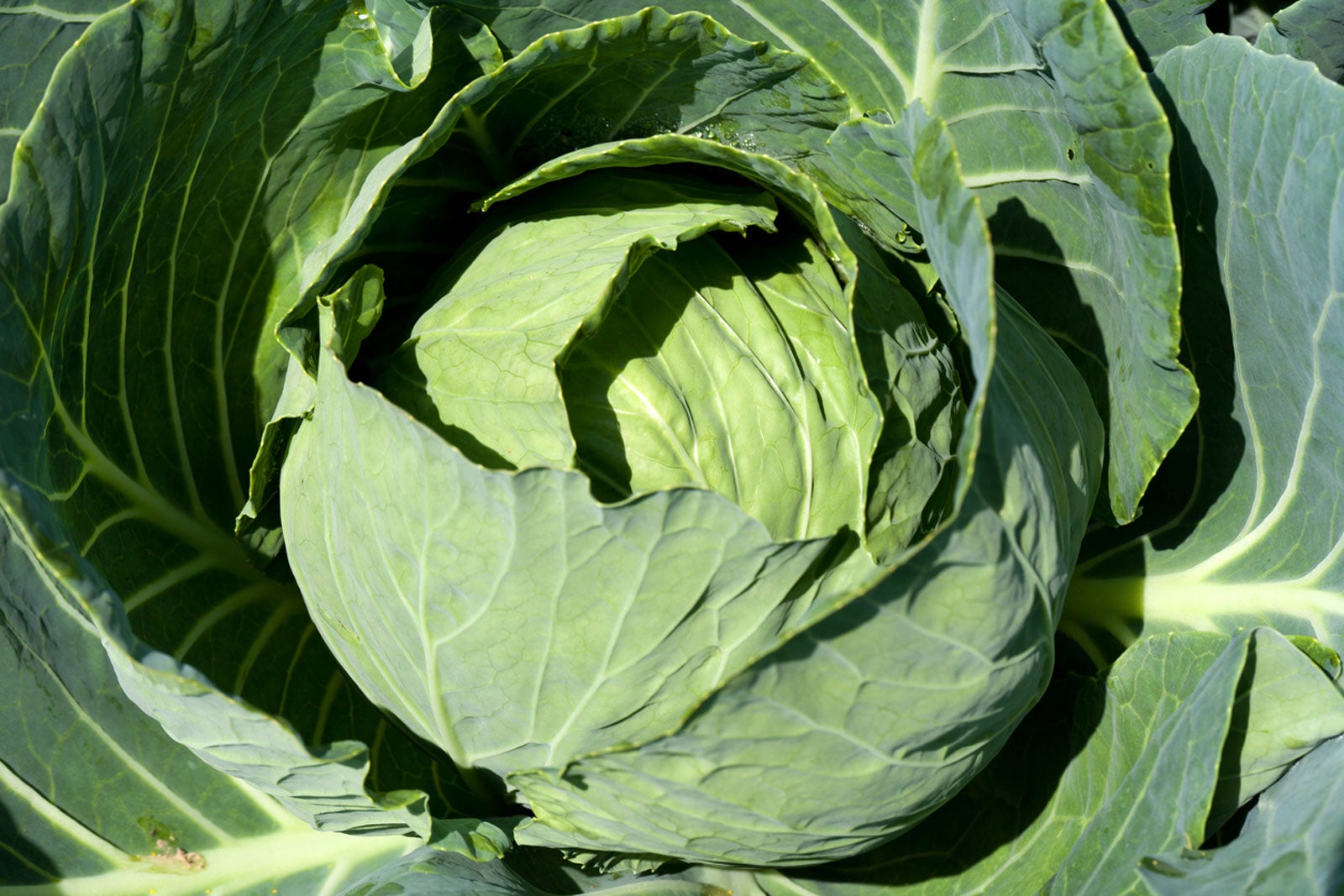Kaitlin F1 Cabbage Info – Tips For Growing Kaitlin Cabbage Plants


There are many types of cabbage to grow. The variety you select depends on how long you want to store the heads, what you intend to use them for, and what time of the growing season they are ready to harvest. Kaitlin F1 cabbage is a mid-season variety with medium sized heads and leaves that are dry in comparison to other cabbages. The heads also have a long storage life. If these traits appeal to you, try growing Kaitlin cabbage as a complement to your vegetable garden.
About Kaitlin F1 Cabbage
What is Kaitlin cabbage? It is a mid-standard hybrid developed as a kraut cabbage. It is considered a sauerkraut vegetable due to its low moisture content and the thickness of the leaves. Additionally, the flesh remains pure white, making for an eye appealing kraut.
The "F1" in the name refers to a hybrid that resulted from breeding two distinct parent plants. Such hybrids are bred for certain characteristics and are uniform and consistent. They are also often the most expensive varieties in a seed catalogue. They are not open pollinated and the seed is usually sterile or unstable.
Unlike heirloom varieties, hybrid types must be purchased from seed and are proprietary. Still, the Kaitlin version was selected for its dryness, firm leaves, creamy white interior, rapid growth, and long storage.
The exact parents couldn't be determined, but Kaitlin probably was derived from heirloom varieties with sturdy flesh and from other kraut type cabbages. It is a mid to late season variety, depending on when you start it and what zone it is grown.
From seed to harvest usually takes about 94 days. The cabbage heads will store well into winter. One of the attributes of this hybrid is its resistance to fusarium yellows, a fungal disease common in many cole crop vegetables. The heads are dense with waxy exterior green leaves which help protect the interior during long storage.
How to Grow Kaitlin Cabbage
Prepare a bed in full sun in soil with a pH range of 6.5 to 7.5. Sow seeds in flats for transplant or direct sow outdoors. For fall crops, start seed in mid-spring and transplant out in early summer. If you live where winters are mild, set out transplants from autumn through mid-winter.
Sign up for the Gardening Know How newsletter today and receive a free copy of our e-book "How to Grow Delicious Tomatoes".
Keep the plants consistently moist. Splitting may occur when heavy moisture happens after a dry spell. Prevent this by cultivating near the base of the plants to sever some of the root and slow growth.
Several insect pests happen in cabbage crops. Use row covers and horticultural oils to combat. Harvest the cabbages with young, green, firm heads for best storage.

Bonnie Grant is a professional landscaper with a Certification in Urban Gardening. She has been gardening and writing for 15 years. A former professional chef, she has a passion for edible landscaping.